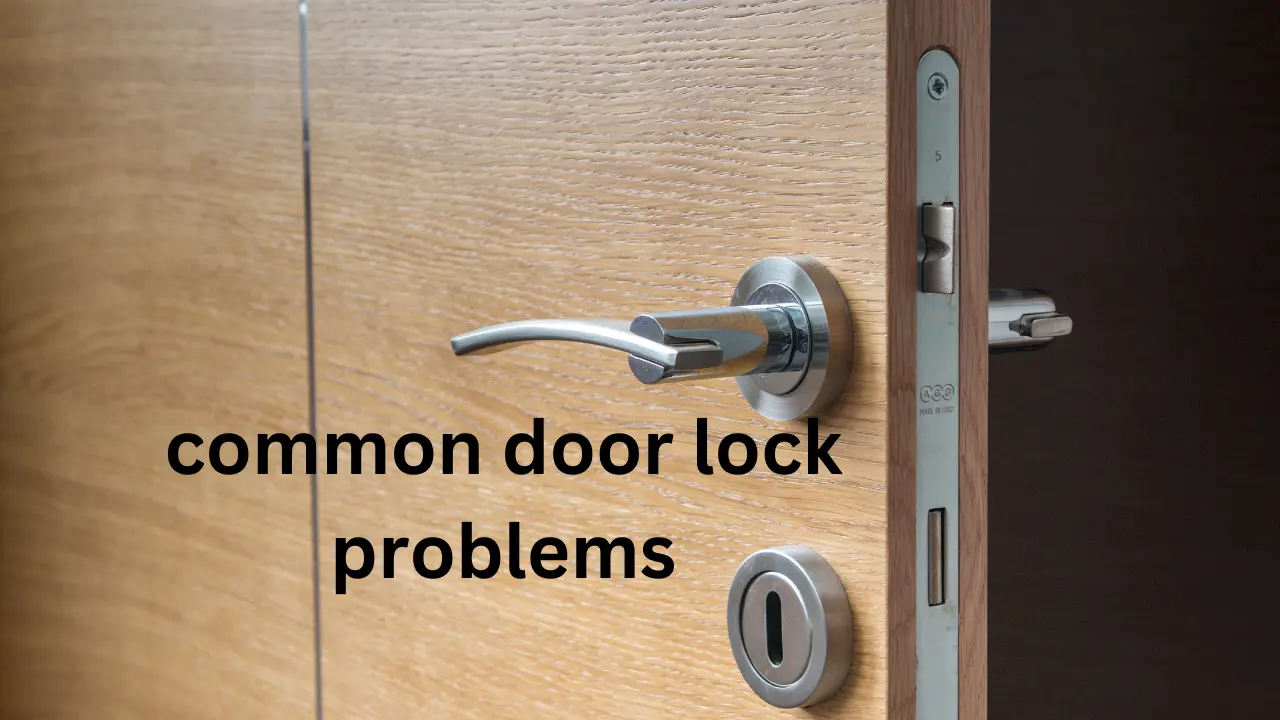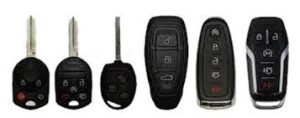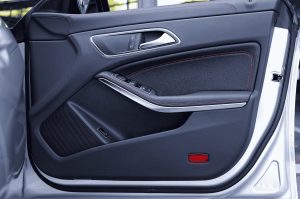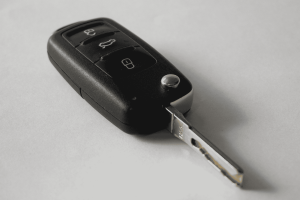8 Common door lock problems
Door locks are a vital component of any home or business, as they provide a strong sense of security and peace of mind. However, due to wear and tear over the long term, these mechanical devices often face problems that can cause malfunction. Common issues include dusty and dirty interiors within the locking mechanism or cylinder, which can prevent the lock from working properly. Without regular cleaning and maintenance, these issues may arise unexpectedly, leaving the lock non-functional and possibly making it impossible to enter or leave the building. In cases where problems seem complex or a broken key is stuck inside, calling a professional locksmith becomes essential. At times, the solution might be as simple as basic maintenance, but if a lock remains stuck or unlocked, only a knowledgeable locksmith like Elite Lock & Key with years of experience in the industry can help. Their company provides swift services to resolve such issues without rush, ensuring that the locking mechanism is restored to a workable state .
Why Isn’t Your Key Turning?
One common issue people face with their door lock is when the key refuses to turn. This frustrating situation can happen for several reasons. Sometimes, the locking mechanism gets stuck because it’s dirty or rusty. Other times, it could be that the key is worn-out and needs to be replaced. If you’ve just had a new key cut, it might have been done poorly, causing it to not fit right. If the key is not turning at all, using a small amount of a lubricant like graphite powder or silicone spray can help loosen the inner mechanism. If the key keeps turning but doesn’t unlock or operate the lock, the cylinder might be malfunctioning. I once had a lock that wouldn’t open when I arrived home late at night; It was a real hassle. I had to try different methods, like spraying inside the lock and checking for any misaligned pins. Eventually, calling a professional locksmith helped me get it sorted out. Remember to clean and maintain your locks regularly to avoid these problems in the future.
Frozen locks
During the winter months, doors and locks can become frozen due to accumulation of moisture inside the lock, making it unresponsive and difficult to operate or open the door. To solve this issue, use a hairdryer or heat gun and point directly at the lock to expose it to heat and defrost the locking mechanism. Alternatively, a lock de-icer or a small amount of rubbing alcohol can be applied to melt the ice and free the lock.
Loose Locks
Over time, screws holding the door latch in place may loosen, causing the lock to wiggle or even malfunction and break. To prevent this issue, you can either tighten the screws or replace them with longer ones for a more secure fit. If the lock still feels loose after this initial fix, check the strike plate on the door frame. A faulty or misaligned strike plate can prevent the bolt from sliding properly into place when the door is closed. To fix this, adjust the position of the plate until the lock slides into it easily and functions as expected.
Jammed Locks
One common issue you might face is a jammed door lock, which can be frustrating. This often happens due to debris or foreign objects that get lodged inside the mechanism of the lock, effectively blocking the keys’ access to the pins. In such cases, a lubricant can sometimes help, but it’s often a good idea to call a locksmith to have the issue resolved professionally. From my experience, trying to fix it yourself can lead to more complications, especially if you don’t know what’s really causing the jam. So, when you’re dealing with a jammed lock, take a moment to consider the best approach to get it working smoothly again.
How Do You Fix a Jammed Door Latch?
If your door latch is jammed, it’s often because of dirt or rust blocking the mechanism. This issue becomes obvious when the latch hardly moves as you press the handle or turn the knob. When the latch is blocked by dust or rust, it won’t close properly, which can make using the door difficult. To fix this problem, it’s best to take the lock apart and clean all parts thoroughly, applying a lubricant to ensure smooth operation.
For removing rust, you can try a few methods. One option is to soak the lock parts in vinegar for a while, then scrub off the rust and let them dry fully. Alternatively, cover the rusty parts with baking soda for a while, then wipe them clean. Once the cleaning process is complete, carefully put the lock back together. If you’re not sure about doing it yourself, the best decision is to call a professional locksmith. An experienced technician can resolve the jammed latch problem quickly and efficiently.
Issues with Stuck Deadbolts
Stuck deadbolts can be a real hassle, often caused by wear and tear or debris buildup around the lock area. This issue can easily prevent your door from opening or closing properly. If you find that the bolt on your deadbolt lock is stuck, it may also indicate a problem with the strike plate, which might not be properly screwed or aligned with the bolt. In my experience, checking the alignment can often reveal the root cause, allowing for a simple fix that saves you time and frustration
Misaligned locks
Misaligned locks can create a lot of frustration, especially when a lock is not functioning properly. This problem often occurs when the parts are not aligned correctly, causing the bolt or latch not to line up with the strike plate. When this happens, it becomes impossible to close the door smoothly. At first, the issue might not be apparent, but over time, you’ll notice that the lock no longer fits into the frame as it should. To fix this, you may need to have the hinges tightened and the mechanism adjusted so everything can be realigned properly. From my experience, addressing misalignment early can save you from more serious issues down the line
Stuck or broken keys
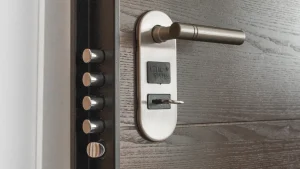
A common problem many people encounter is accidentally breaking a key while locking or unlocking a door. This isn’t a pleasant experience because not only do you have to worry about extraction but potentially a replacement if the lock gets damaged. Whether the issue is a bent, broken, or even stuck key that’s been jammed or improperly inserted, avoid using pliers or other tools to extract it, as this may worsen the damage. Instead, in such an emergency lockout, it’s advisable to contact a professional locksmith who can safely remove the key without causing any unnecessary harm to your lock.
Aging Locks
As a door lock gets older, the likelihood of a malfunction increases. Aging or damaged locks can feel loose or even wobbly, making it difficult for the key to turn when inserted. This issue can leave a home or business vulnerable to theft or break-ins due to weakened security. Such common problems are often solved simply by replacing the old lock with a new one. An experienced locksmith can help you choose the best type of lock for your needs and install it correctly to ensure optimal safety.
Key takeaway
When it comes to door locks, understanding the 8 common problems is vital for maintaining security and protection. Issues like wear and tear, dirt buildup, and effects from extreme weather can compromise your locks, making it essential to address these issues promptly. At Elite Doorlocks, we recommend consulting with a professional locksmith to assess any situation and provide the appropriate solution. This proactive approach ensures your home or business remains secure, allowing you to feel at rest, knowing your property is well protected.
